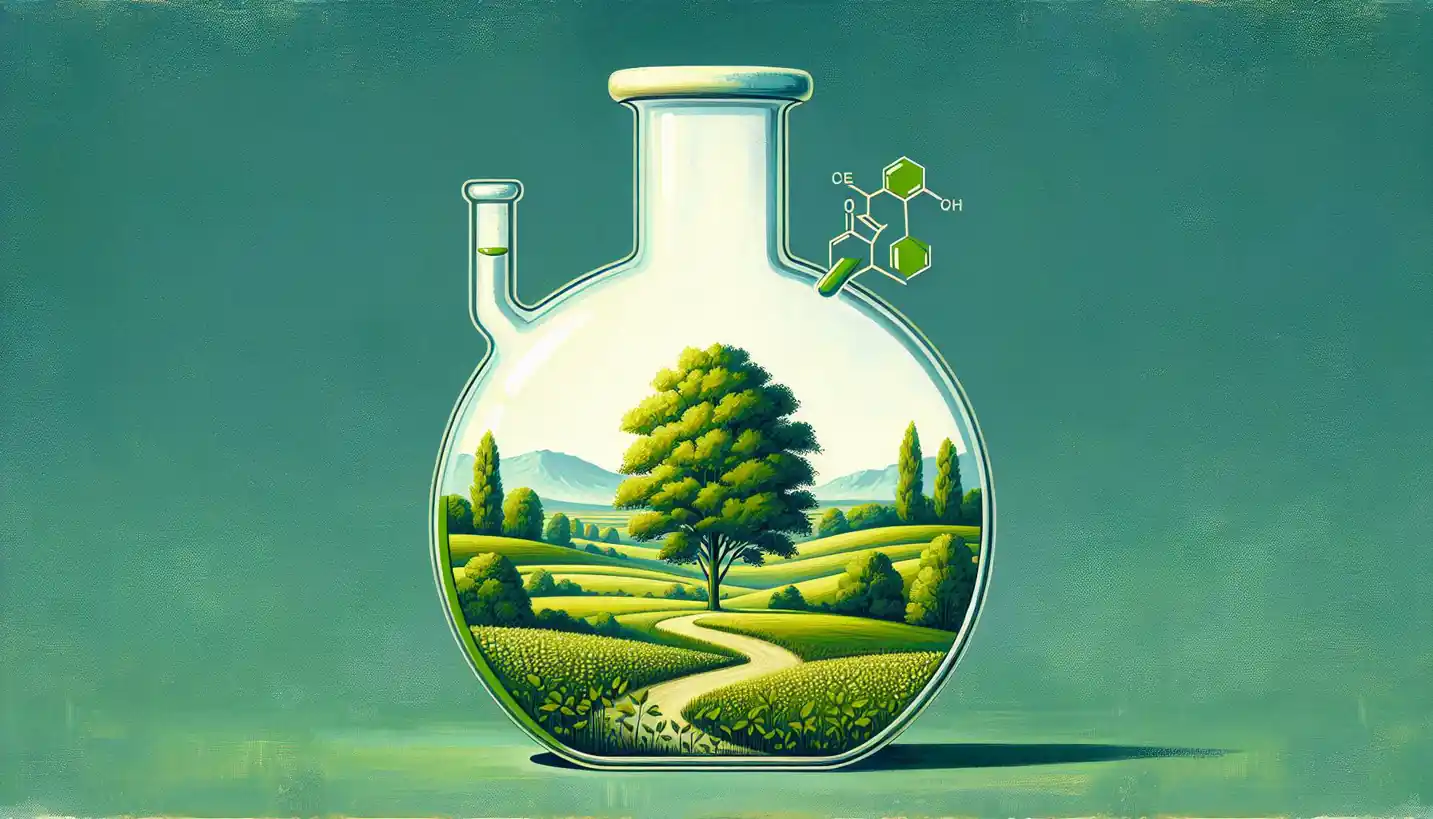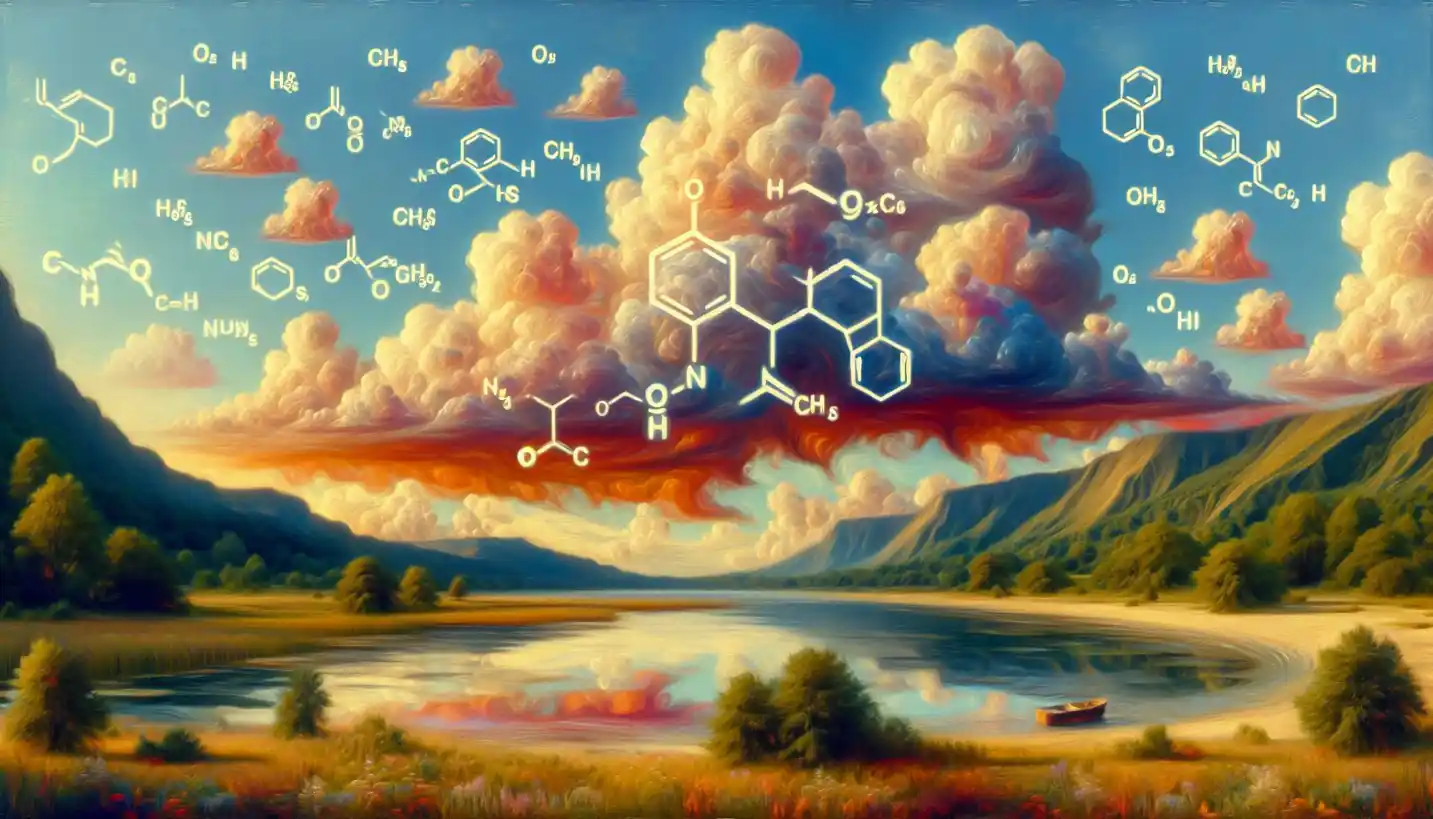· Chemistry · 4 min read
Coordination Chemistry: The Heart of Supramolecular Chemistry
Delve into coordination chemistry, the backbone of supramolecular chemistry, to uncover how coordination bonds form complex structures with diverse functionalities.

Alright, let’s dive into the fascinating world of coordination chemistry, a cornerstone concept in the broader field of supramolecular chemistry. This area of study really shines a light on how individual molecules can come together to create complex structures and materials.
What is Coordination Chemistry?
Picture a dance where the molecules are the dancers and the tunes they groove to are the forces holding them together. In the simplest terms, coordination chemistry is all about the relationship between central metal atoms (or ions) and the surrounding molecules or ions, called ligands. These connections form what we like to call coordination complexes.
Imagine a metal at the center as a king sitting on his throne. Around him are his loyal subjects—the ligands—forming structured arrangements. This king-subject relationship is held together by coordinate covalent bonds, where both electrons in the bond come from the ligand.
Now, you might wonder why this is important. Well, coordination chemistry is crucial because it explains things like how hemoglobin carries oxygen in your blood. Without these complex interactions, life, as we know it, wouldn’t function quite the same way!
The Role in Supramolecular Chemistry
Supramolecular chemistry takes it up a notch by focusing on the larger assemblies that result from these interactions. It’s like moving from a single band member to an entire orchestra. Here, intermolecular forces drive the assembly of molecules into larger structures without forming covalent bonds, thanks to interactions like hydrogen bonds, van der Waals forces, and electrostatic attractions.
Coordination complexes are key players in creating these structures. They act like building blocks, coming together in intricate ways to form larger, organized assemblies. Think of it as beautifully crafted Lego sets, where each block has a specific role and connection that leads to a masterpiece.
Real-World Examples and Applications
One cool example from the real world is Metal-Organic Frameworks (MOFs). These are like the Swiss army knife of materials, with applications ranging from gas storage to drug delivery. MOFs consist of metal ions or clusters coordinated by organic ligands, creating a porous structure. This allows them to trap and store gases like carbon dioxide, making them potential heroes in reducing greenhouse gases.
Furthermore, coordination compounds in supramolecular chemistry also find their way into creating sensors, catalysts, and even in the development of new pharmaceuticals. Their ability to form reversible and diverse structures is a gold mine for innovation.
Why Should We Care?
You might be asking, why is all this important to us non-scientists? Well, the implications of coordination chemistry are vast and impactful. From energy solutions to medical advancements, understanding these foundational concepts can drive progress in the challenges we face today.
Additionally, the field of supramolecular chemistry is continuously exploring the boundaries of what’s possible with these interactions. Imagine a world where we can create self-healing materials, or synthetic skin that’s indistinguishable from the real thing. The potential is enormous, and coordination chemistry is at its core.
Future Directions and Questions
As we peer into the future, many exciting questions and possibilities emerge. For example, how can we design even more efficient catalysts using coordination chemistry? Can we create more sustainable and environmentally friendly materials? And what about harnessing these concepts for new types of medicines?
We’re just scraping the surface of what’s possible. Every advancement in understanding these concepts builds a foundation for the next leap in technology and science.
Conclusion
In summary, coordination chemistry is not just a quaint sub-field; it’s a dynamic bridge to numerous scientific and practical applications. Its role in supramolecular chemistry opens doors to an innovative world, crafting solutions for some of humanity’s most pressing needs. Whether you’re a scientist, a student, or simply curious, the dance of molecules through coordination chemistry offers insights into the very fabric of our material world. So, next time you think about the building blocks of life and technology, remember coordination chemistry—where molecules meet, engage, and create wonders.



